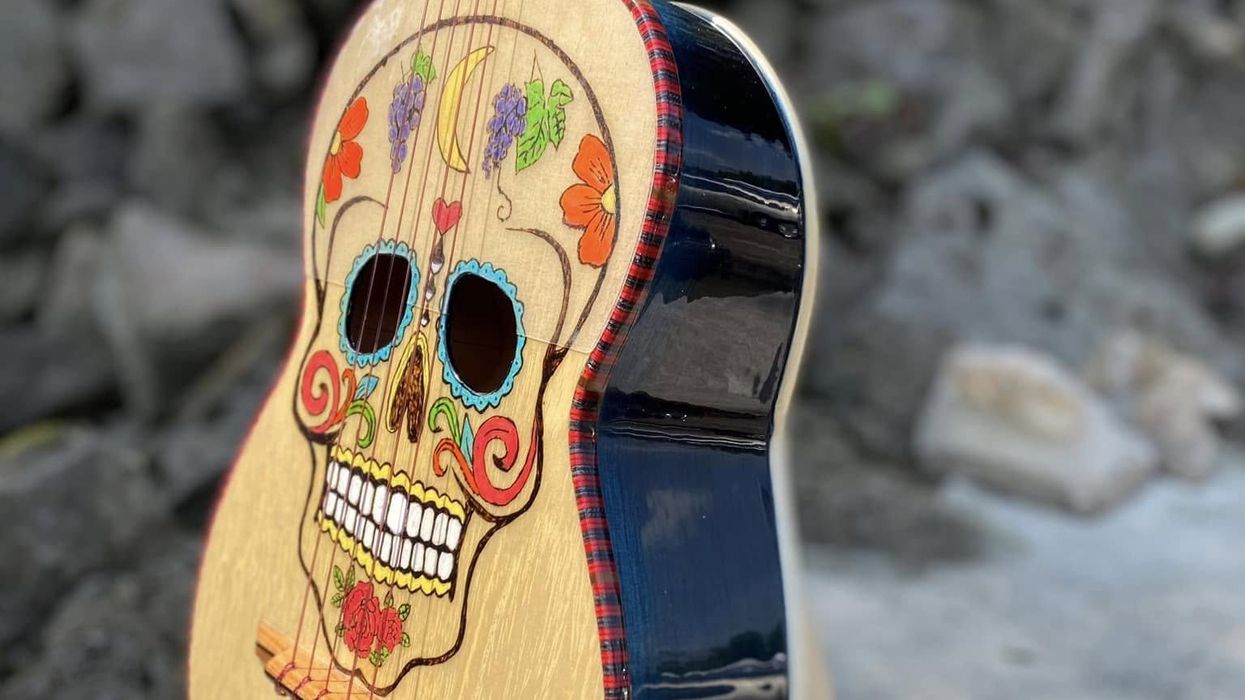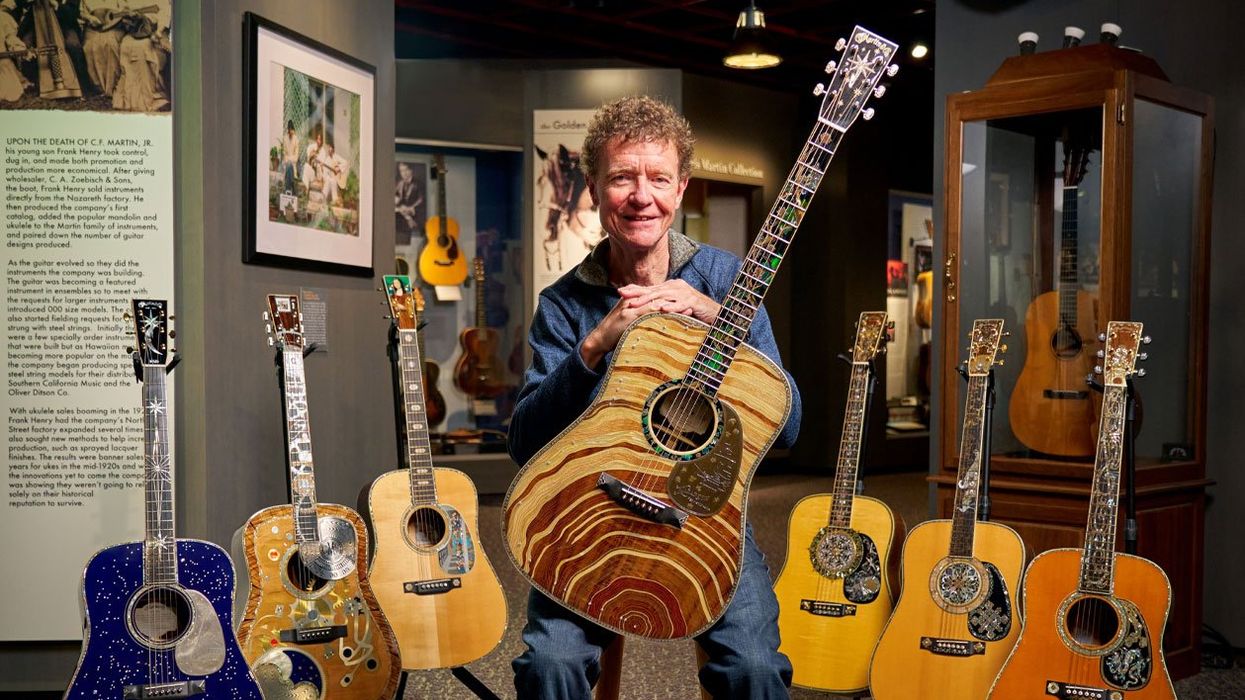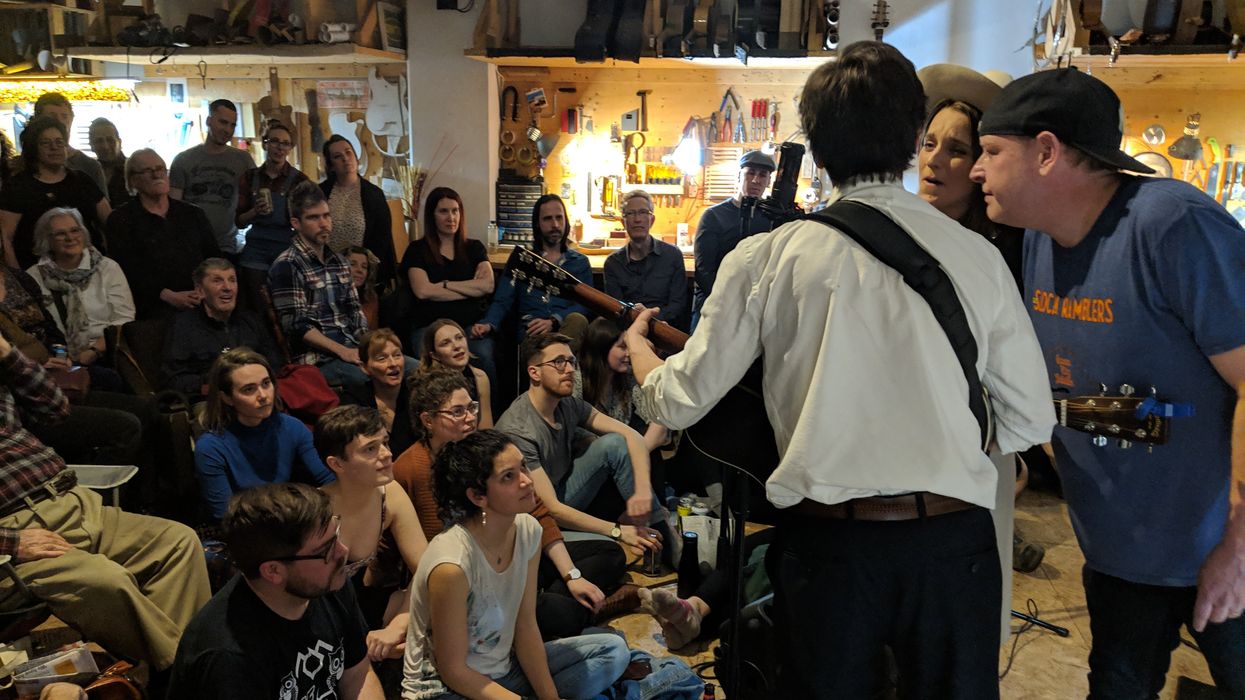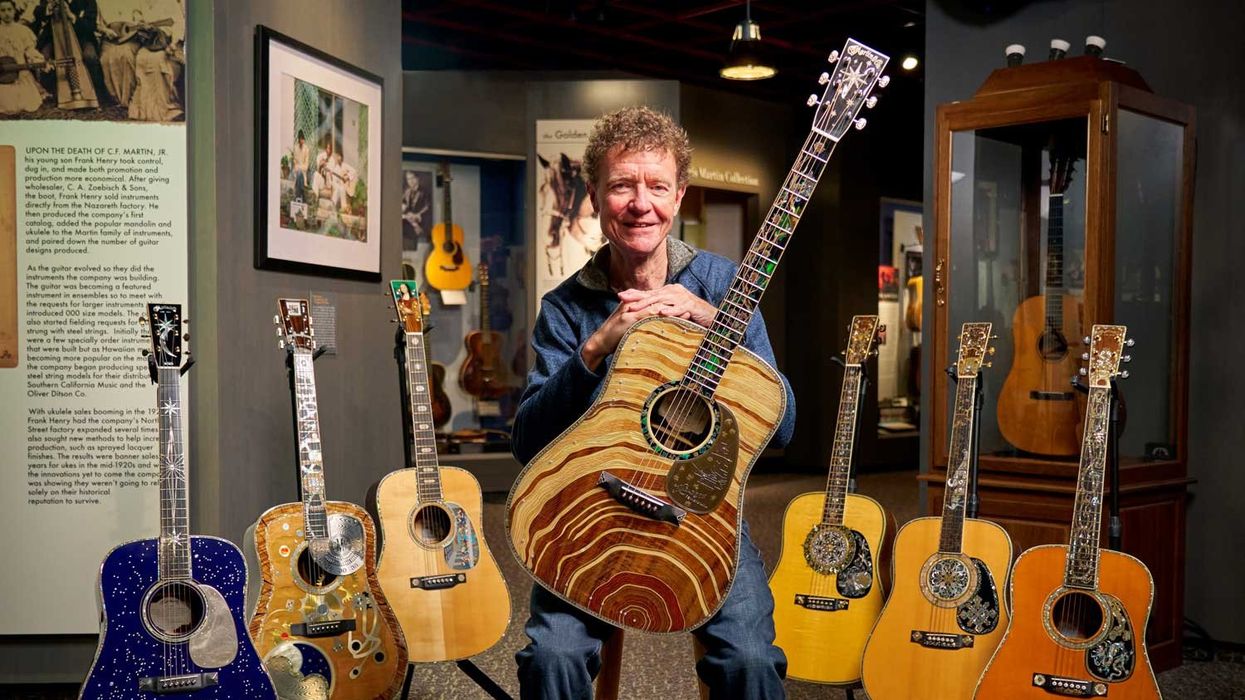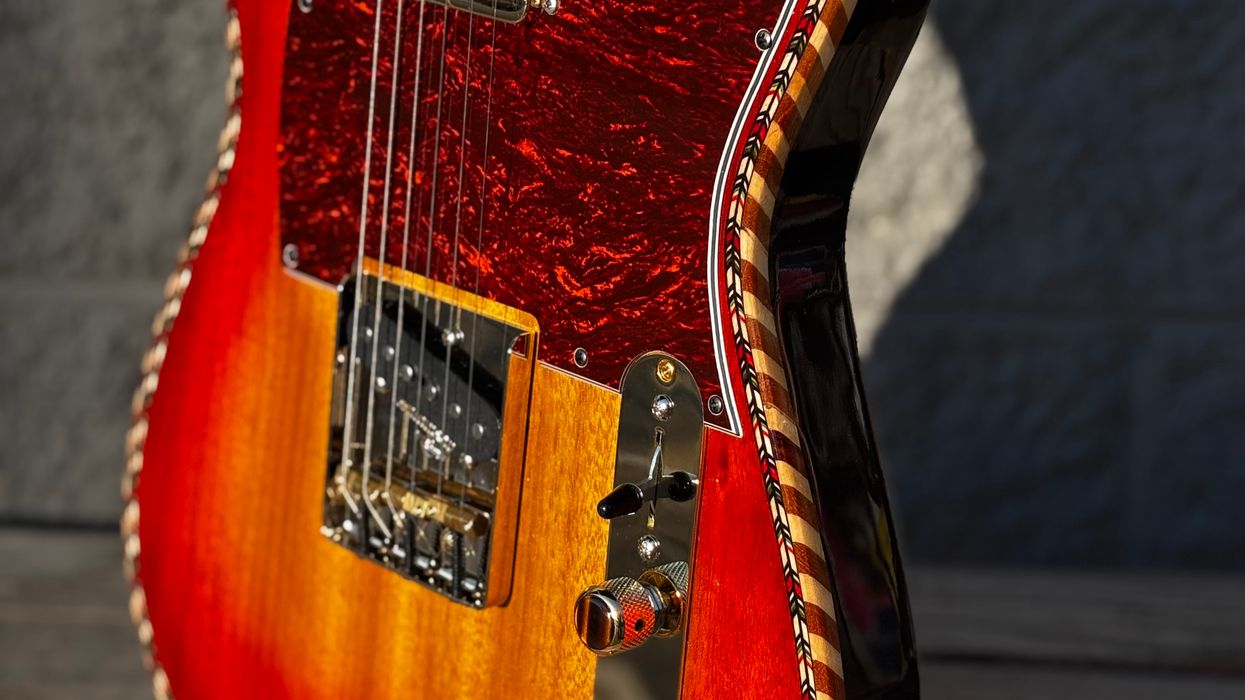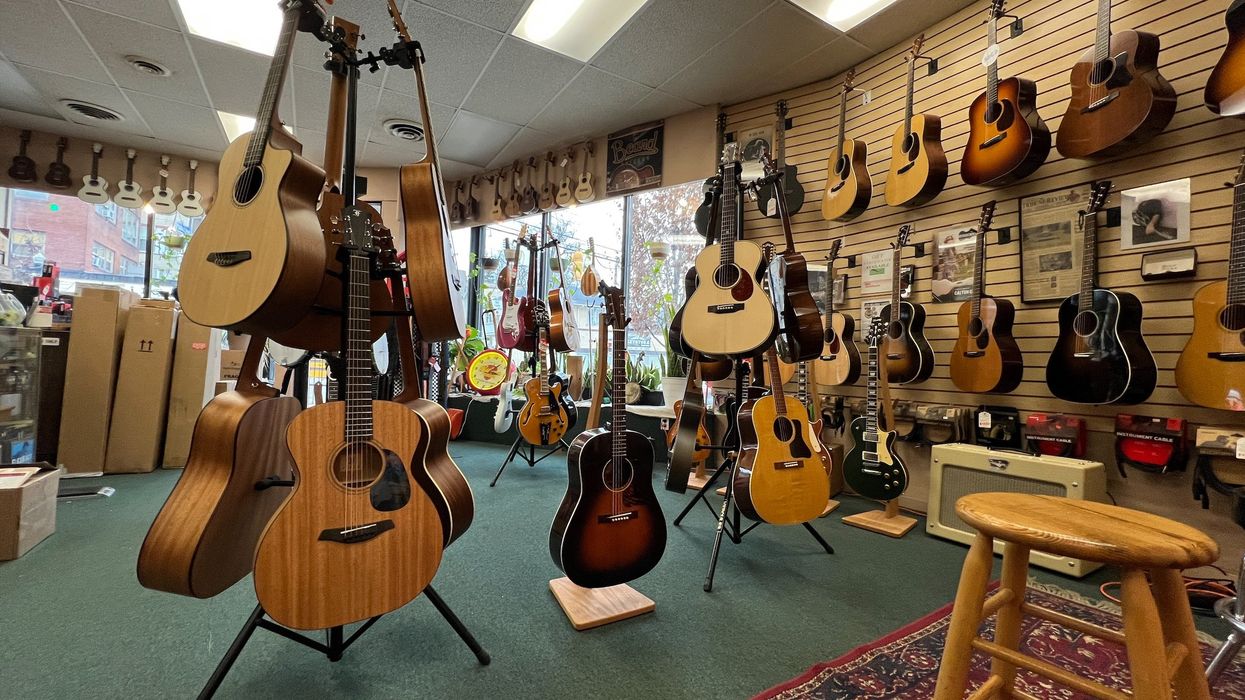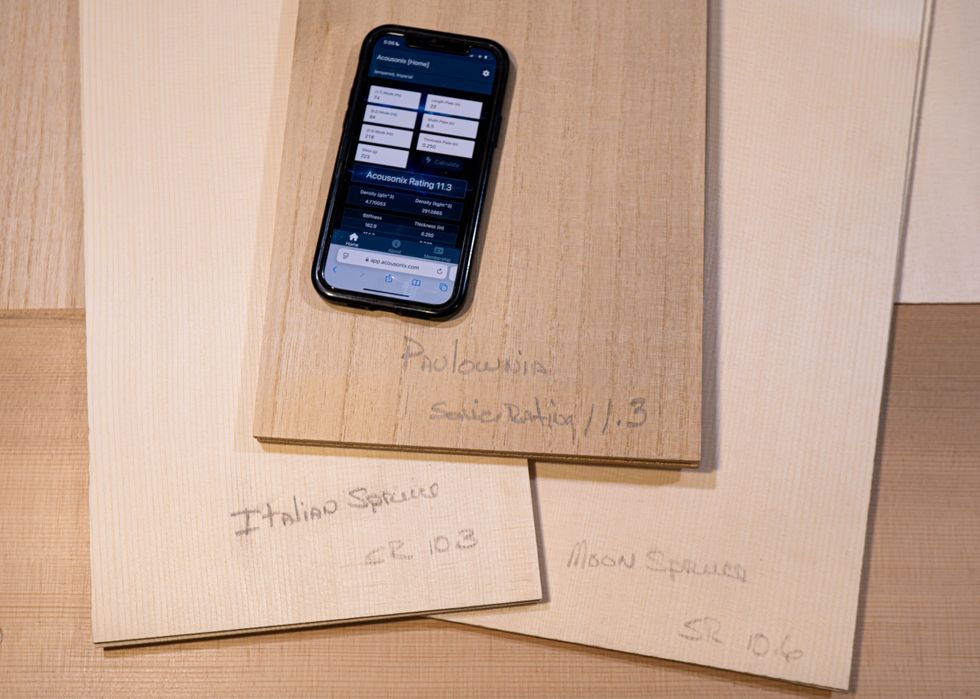I was recently in Mexico on business, traveling through a few states. While I was there, I was thinking of Premier Guitar and this article I was going to write. I have so many instruments in my head that I want to share with you, and I thought, “Why not start with one from Mexico?”
But which one? There are so many instruments that come from Mexico, and part of what I am striving for is to help educate people on not only the instruments, but the genres, too. Oftentimes, Americans hear music sung in Spanish over a guitar, and they just assume it is all mariachi. That would be similar to someone visiting the United States and assuming everything they hear was either rock or hip-hop. Fortunately, most guitar players have a deeper understanding of the rhythmic patterns of various genres, and can recognize the stylistic differences.
With that in mind, let’s discuss the stringed instrument used in one of the most romantic genres of Mexico: the requinto romántico, which was the first style of guitar I ever built at age 12. Even the name tells you it’s romantic. While the term “requinto” is used to describe instruments from Spain, Portugal, and other Hispanic and Latin countries, the 6-string requinto romántico originated in Mexico and was made popular by trío romántico ensembles like Los Panchos. Like other tríos románticos, Los Panchos were known for three-part vocal harmonies and featured two nylon-string classical guitars accompanied by a requinto romántico. You can hear a whole spectrum of rhythmic styles within the trío romántico genre, like vals (waltz), pasillo (Colombian and 19th-century styles), bolero (from east Cuba), and Mexican ranchera. Los Panchos in particular featured the great Alfredo “El Güero” Gil, who was born in Teziutlan, Puebla, not far from the Veracruz border and the great city of Xalapa.
Requintos have smaller bodies than regular classical guitars, and their tuning is unique, too: A2–D3–G3–C4–E4–A4, one fourth higher than the standard classical. The shorter scale, ranging between 530 mm and 540 mm, facilitates the higher tuning without warping the top or neck, or causing worry about strings breaking. Traditionally, requintos have between 19 and 22 frets, and, like classicals, the 12th fret is located where the fretboard meets the body of the guitar. Their tops are typically made of spruce or cedar, while the bodies implement mahogany, cedar, Palo Escrito, or East Indian rosewood. Some older models made by my family were made with Brazilian rosewood. (My grandfather, Porfirio “Pilo” Delgado, is even credited with making the first cutaway requinto romántico.) Requintos have historically been strung with either nylon or gut strings—made from lengths of animal intestine—and wound bass strings. So, playing a requinto romántico is like playing a classical guitar with a capo on the fifth fret, but you still have the full scale and a brighter tone thanks to the body design.
“Oftentimes, Americans hear music sung in Spanish over a guitar, and just assume it is all mariachi.”
Originally, requinto románticos were built with a smaller body—not quite as small as a baroque guitar body, nor quite as long as a parlor guitar body. Today, the body size is shorter in length than a classical, but the width is often comparable, with some bodies ranging up to five inches in depth. In 1991, the Korean-owned, American-based manufacturer Tacoma came out with a steel-string version of the requinto romántico, claiming it to be the first of its kind. This is like claiming the ukulele to be a complete original, not recognizing the Portuguese machete that precipitated its creation. Plus, early on, string-maker El Cometa had a steel-string option for players who played requinto románticos.
“Sabor a Mí” by Mexican composer and singer Álvaro Carrillo, “Historia de un Amor” by Panamanian songwriter Carlos Eleta Almarán, and “Bésame Mucho,” a bolero song written in 1932 by Mexican songwriter Consuelo Velázquez, are just a few of the more popular trío romantico songs. If you’re a fan of great guitar playing, I encourage you to go down the rabbit hole and listen to some of these artists. With no effects pedals and no distortion to hide behind, these players are true.… Wait, what’s the Spanish word for “shredders?”




